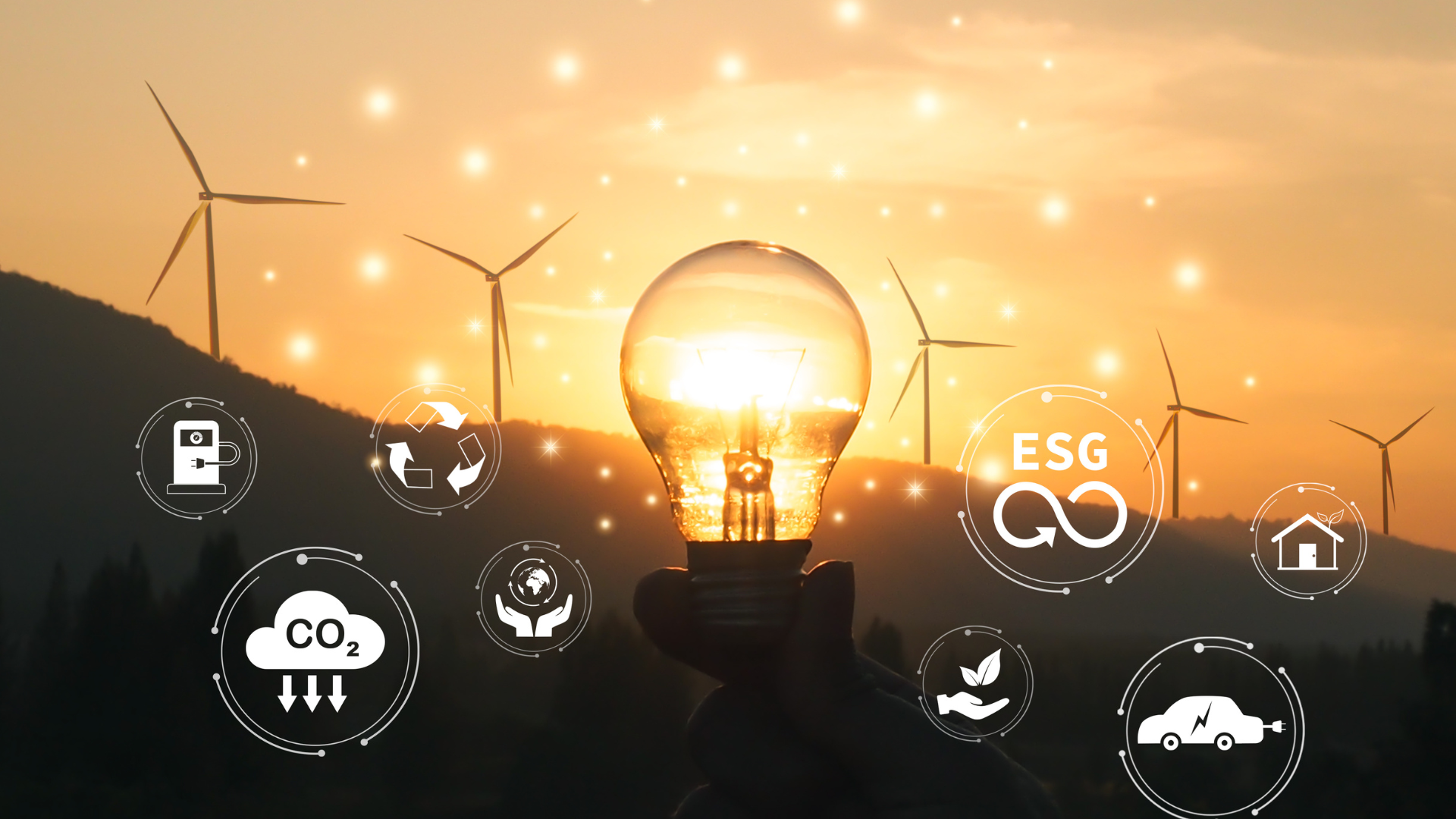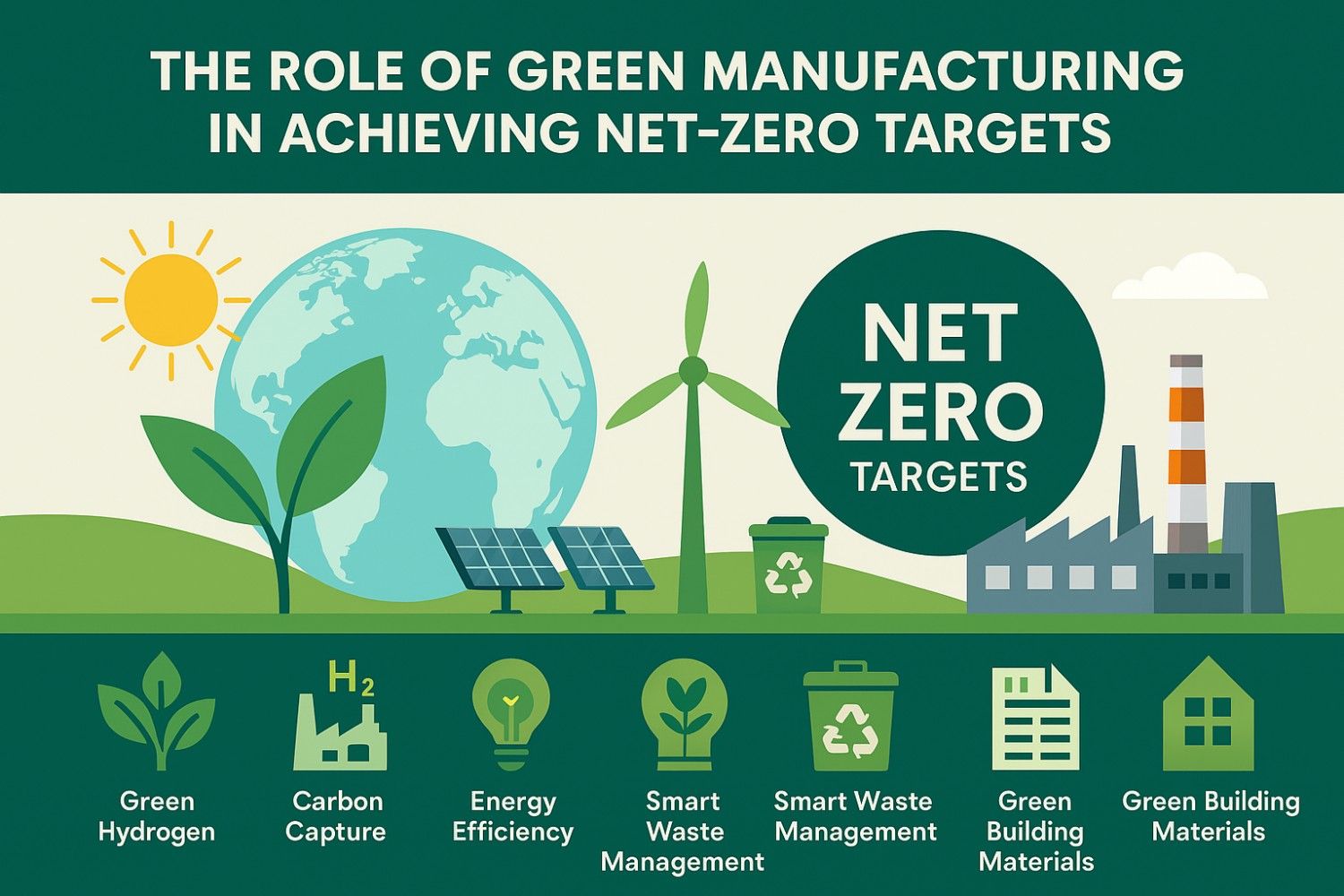In the face of a rapidly warming planet, rising energy demands, and evolving global policies, the world is at a turning point. Engineering is no longer just about building bridges or refining machines,it has become the backbone of sustainable energy systems. Today, engineering for sustainability is not just a field of study, but a mission-driven movement shaping our energy future.
Driven by the need to reduce greenhouse gas emissions and transition to clean power sources, sustainable energy engineering is pushing boundaries, merging innovation, environmental responsibility, and smart digital solutions to create a more sustainable future. As businesses and governments strive for carbon neutrality, engineers are assuming new roles,designers of systems that are not only efficient but also environmentally conscious and future-ready.
The Evolving Role of Engineers in the Energy Sector
Engineers are now playing a leading role in solving some of the most pressing global challenges. With the rise of renewable energy engineering, their focus has shifted to designing infrastructure that supports wind farms, solar grids, battery storage, and hydrogen power systems.
According to the U.S. Bureau of Labor Statistics, employment in energy engineering is expected to grow by 7% between 2020 and 2030—a rate higher than the average for all occupations. This reflects the increasing demand for sustainable engineering practices that deliver efficiency, affordability, and environmental benefits.
Organizations like Ingenero are at the forefront of this change, enabling industries to adopt smart, data-driven technologies for cleaner and more optimized energy operations.
Core Principles of Engineering for Sustainability
To build a greener future, engineers follow a set of foundational ideas known as engineering for sustainable development guiding principles. These principles focus on integrating technical performance with social, environmental, and economic considerations. Let’s explore the core areas:
1. Resource Efficiency
Engineers aim to reduce resource consumption,water, energy, and raw materials across all processes and infrastructures.
2. Life Cycle Thinking
Sustainable engineering looks beyond construction or design. It evaluates the environmental impact of systems throughout their entire lifecycle. This expands from raw material extraction to disposal.
3. Environmental Integrity
Preserving ecosystems and minimizing environmental impact are central to sustainable energy engineering projects.
4. Social Equity
Projects are developed with a people-first mindset, ensuring communities benefit from cleaner energy, safe environments, and sustainable development.
5. Innovation through Collaboration
Sustainability in engineering thrives on partnerships between sectors,technology providers, industries, policy makers, and academia.
Digital Transformation Driving Sustainable Engineering
Digitalization has emerged as a game-changer in the push for sustainable energy transition. From cloud computing to AI-driven analytics, digital tools allow engineers to build smarter, cleaner, and more adaptive energy systems.
Over 90% of global organizations had adopted cloud technologies by 2023, making cloud computing the most widely implemented emerging technology. Moreover, global public cloud spending exceeded $560 billion—highlighting the commitment toward scalable, efficient digital infrastructure.
In sustainable engineering, this transformation brings massive benefits:
- Energy Monitoring and Optimization: IoT-enabled sensors help monitor performance in real-time, reducing energy waste.
- Digital Twins: Virtual replicas of physical assets allow engineers to simulate and optimize processes before implementation.
- Sustainable Software Engineering Principles: Software solutions are being developed with energy efficiency in mind, from coding practices to infrastructure deployment.
- Predictive Maintenance: AI algorithms help forecast equipment failures, thereby improving reliability and extending the lifespan of critical assets.
Ingenero integrates these technologies into energy operations to help industries reduce emissions, lower costs, and scale sustainability across their facilities.
Suggested Read: Circular Economy in Decarbonisation for Low-Carbon Industries
Challenges in Engineering for Sustainability
Despite great momentum, engineering for sustainability comes with its share of challenges:
1. Balancing Cost and Innovation
Sustainable solutions often demand upfront investment, which can be a barrier for organizations not yet convinced of long-term savings.
2. Skills Gap
As demand for renewable energy engineering rises, there’s a need for a skilled workforce familiar with both traditional and digital engineering principles.
3. Integration of Systems
Blending legacy systems with modern sustainable energy engineering technologies can be complex, requiring strategic planning and technical expertise.
4. Policy and Regulatory Uncertainty
Changing government policies and a lack of unified standards across countries can make long-term planning difficult.
This is where engineering firms like Ingenero step in—not just as consultants, but as transformation partners who understand the regulatory landscape, technological shifts, and industry-specific challenges.
Examples of Sustainable Engineering in the Energy Sector
From clean energy generation to smart grid development, examples of sustainable engineering are growing worldwide:
- Solar-powered industrial parks that reduce grid dependency
- Green hydrogen facilities powering transportation with zero emissions
- Carbon capture systems integrated with traditional energy plants
- Net-zero buildings with intelligent HVAC, lighting, and energy storage
- Waste-to-energy plants that convert industrial waste into usable power
Each of these examples reflects not only innovation but also responsibility, proof that engineering can be a powerful force in environmental protection and economic development.
Suggested Read: Engineering for Sustainability: Powering a Greener Energy Future
Conclusion
The path to a greener future depends heavily on how we reimagine engineering. From designing energy-efficient infrastructure to integrating digital intelligence, engineers are the driving force behind sustainable energy systems. This isn’t a trend, it’s a responsibility. One that requires long-term vision, innovative thinking, and strategic partnerships.
Ingenero stands as a beacon in this journey, delivering customized, scalable, and impactful engineering for sustainability solutions. Whether you’re upgrading a plant or planning a new renewable energy site, the shift toward sustainable energy isn’t just necessary, it’s inevitable.
Let’s build systems that don’t just power industries but protect the planet.
Suggested Read: How Carbon Capture Works: ROI, Equipment & Integration
FAQs
- What is engineering for sustainability?
Engineering for sustainability is the practice of designing and managing systems with a focus on environmental stewardship, energy efficiency, and long-term social and economic impact.
- How does engineering contribute to the sustainable energy transition?
Engineering contributes by designing clean technologies, improving energy efficiency, enabling renewable energy integration, and developing systems that reduce greenhouse gas emissions.
- How do digital tools help in sustainable energy engineering?
Digital tools such as IoT, AI, and cloud computing help monitor energy use, optimize system performance, and support predictive maintenance, driving better outcomes in sustainable energy engineering.
- What is the scope of sustainable engineering?
The scope spans across sectors—from energy, construction, and manufacturing to transport and IT—focusing on minimizing environmental impact while maximizing performance and efficiency.
- What are examples of sustainable engineering in the energy sector?
Examples include solar and wind power systems, smart grids, green hydrogen production, waste-to-energy technologies, and net-zero buildings with integrated renewable systems.
- How is renewable energy integrated into sustainable engineering practices?
It’s integrated through the design of solar, wind, geothermal, and bioenergy systems; upgrading existing infrastructure; and using storage technologies for a reliable, clean energy supply.



